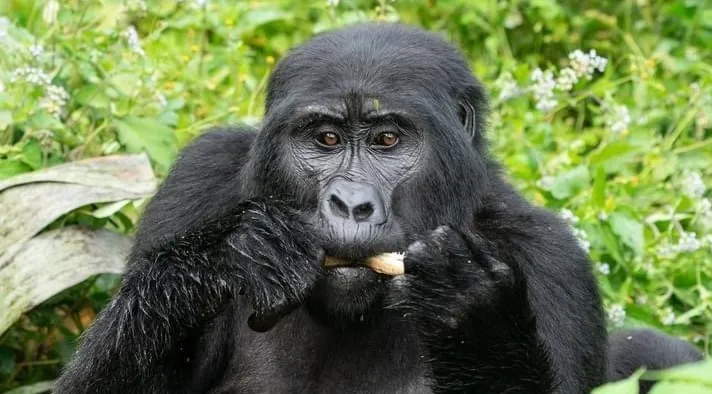- Home
- Gorilla Trekking
- RWANDA GORILLA TOURS
- 7 days Rwanda safari
- 6 days Rwanda primates Tour
- 10 Days Rwanda Safari Holiday
- 5 days akagera and gorillas
- 3 days Rwanda gorilla and golden monkey safari
- 6 days Rwanda primates Tour
- 4 Days Rwanda Gorilla Trekking Safari
- 3 days Rwanda gorilla tour
- 2 days Gorilla trekking safari
- 5 Days Epic Gorilla safari adventure
- 2 days Rwanda Gorilla Trekking
- 5 Days Rwanda Gorilla and Chimps
- 6 Days Rwanda Gorilla Safari
- UGANDA TOURS FROM KIGALI
- COMBINED UGANDA & RWANDA
- RWANDA GORILLA TOURS
- Rwanda Safaris
- Short
- 1 Day Agahozo Shallom Village tour
- 1 Day Ntarama & Nyamata Memorial sites tour
- 1 Day Akagera National Park itinerary
- 1 Day Kigali City Tour
- 2 Days Nyungwe Forest chimpanzee trekking safari
- 2 days Rwanda gorilla tour
- 2 Days Akagera national park safari
- 2 Days Akagera national park safari
- 3 Days Nyungwe National Park Visit Safaris
- 3 Days Akagera National park wildlife safari
- 4 Days Nyungwe Forest & Lake Kivu Safari
- 5 Day Nyungwe Forest National Park safari
- 6 Days Rwanda discovery safari
- Long
- 7 Days Gorilla trekking and Mount Karisimbi Hike.
- 7 Days Rwanda honey moon safari
- 7 Days Congo Nile trail hiking
- 8 Days Rwanda Epic Adventure
- 8 Days Uganda and Rwanda Safari
- 9 Days Rwanda Luxury Flying Safari
- 10 Days Experiencing Rwanda Safari Adventure
- 10 days Honeymoon special Vacation in Uganda
- 10 Days Rwanda Safari Holiday
- 10 days honey moon in Rwanda
- 12 Days gorilla trekking with Masai mara and Zanzibar
- 14 Days Discovering Rwanda Tour
- 21 Days Experiencing Rwanda Tour
- Short
- Travel Info
- Blog
- About Us



Comments are closed